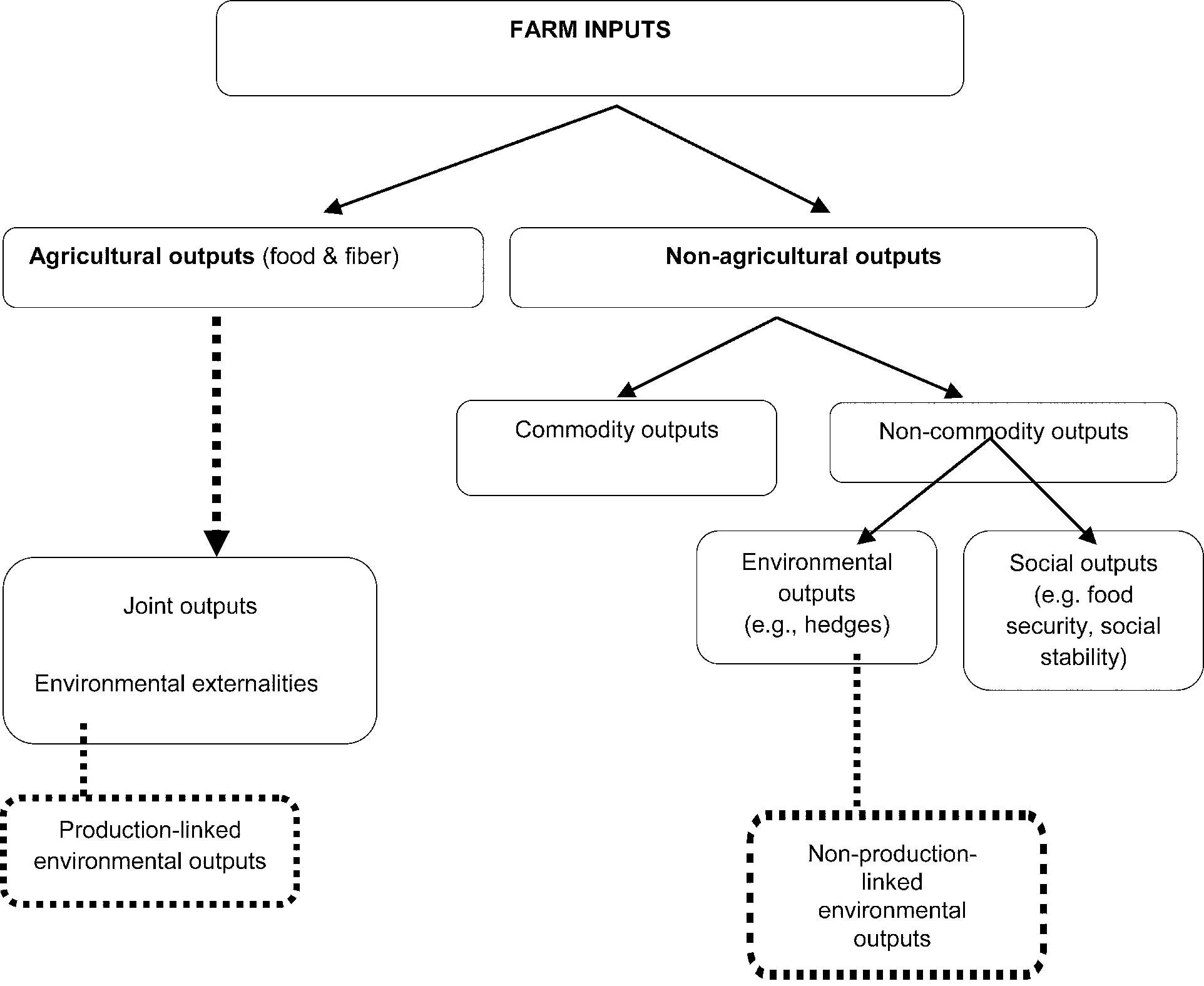A disadvantaged activity. Agriculture is disadvantaged as an economic sector in the sense that the majority of smallscale producers and farm workers even today, in developing countries particularly, suffer from restricted access to formal education and opportunities to learn more about science and technology. Women and indigenous communities in particular tend to be more disadvantaged than others in this respect (Moock, 1976; Muntemba and Chimedza, 1995; ISNAR, 2002; IFAD, 2003; FAO, 2004; UNRISD, 2006). Investment in educating farmers in their principal occupation has been low compared to need throughout the period in most contexts. Master farmer classes, farmer field schools, study clubs, land care groups and interactive rural school curricula are among the options that have been developed in part simply to fill the gaps; few assessments exist of their comparative cost-effectiveness as educational investments. The potential of AKST to stimulate economic growth is affected in multiple ways by educational opportunity although these effects have not been well quantified (Coulombe et al., 2004; FAO, 2004). Overcoming educational disadvantages by contracting out extension to private suppliers as in Uganda poses new challenges (Ekwamu and Brown, 2005; Ellis and Freeman, 2006).
Wherever the structural and systemic disadvantages have been coupled to a lack of effective economic demand among cash-poor households, farmers in most parts of the developing world have been excluded also from formal decision making in agriculture and food policy and from priority setting in agricultural research unless special arrangements have been made to include them, such as the PRODUCE foundations in Mexico (Paredes and Moncado, 2000; Ekboir et al., 2006). Even under these arrangements it is the better educated and socially advantaged who participate; the inclusion of poor farmers, women, and laborers in research agenda-setting typically requires additional effort, for example by use of Citizen Juries (Pimbert and Wakeford, 2002). Given poor farmers' relative lack of education they also have been and remain vulnerable to exploitation in commercial relations (Newell and Wheeler, 2006), a growing problem as competitive markets penetrate deeper into rural areas. Market-oriented small-scale agriculture in developing countries is disadvantaged also by the huge and growing gap in the average productivity of labor between small-scale producers relying mainly on hand tools and the labor efficiency of farmers in areas that contribute the largest share of international market deliveries (Mazoyer, 2005; Mazoyer and Roudard, 2005).
2.1.1.2 The controversy on multifunctionality
How AKST should or could address multifunctionality is controversial; while some have sought to balance the multiple functions of agriculture, others have made tradeoffs among them, creating large variation in outcomes at different times and in changing contexts. The concept of multifunctionality itself has been challenged (Barnett, 2004). In general (Figure 2-1) it refers to agriculture as a multi-output activity producing not only commodities (food, fodder, fibers, biofuel and recently pharmaceuticals) but also noncommodity outputs such as environmental benefits, landscape amenities and cultural heritages that are not traded in organized markets (Blandford and Boisvert, 2002). The
frequently cited working definition proposed by OECD in turn associates multifunctionality with particular characteristics of the agricultural production process and its outputs: (1) the existence of multiple commodity and non-commodity outputs that are jointly produced by agriculture; and that (2) some of the non-commodity outputs may exhibit the characteristics of externalities or public goods, such that markets for these goods function poorly or are nonexistent (OECD, 2001).
A multi-country FAO study (2008), Roles of Agriculture, identified the multifunctional roles of agriculture at different scales (Table 2-1). The project's country case studies underlined the many cross-sector links through which agricultural growth can support overall economic growth and highlighted the importance to sustainable farming of balancing the interests of rural and urban populations; social stability, integration, and identities; food safety and food cultures and the interests of nonhuman species and agroecological functioning.
In the early years under review the multifunctionality of agriculture was undervalued in the tradeoffs made in technology choices and in formal AKS arrangements that were responding to urgent needs to increase edible grain output and high protein foods such as meat or fish. The success in meeting this essential but somewhat narrow goal tended to lock AKST into a particular pathway that perpetuated the initial post World War II focus. The political environment evolved in a direction that gave further stimulus to the organization of AKST devoted to the production of internationally traded goods (as advocated, for example, by the Cairns group of nations) rather than to sustaining multidimensional, place-based functionality in both its biophysical and sociocultural dimensions. This suited the circumstances of countries with large agricultural trade surpluses and relatively few small-scale producers in the areas where the surpluses were grown (Brouwer, 2004). For the majority of nations, agriculture throughout the period has

Figure 2-1. Multiple outputs produced from farm inputs. Source: Adapted from OECD, 2001; Verhaegen et al., 2002; Wustenberghs et al., 2004, 2005.